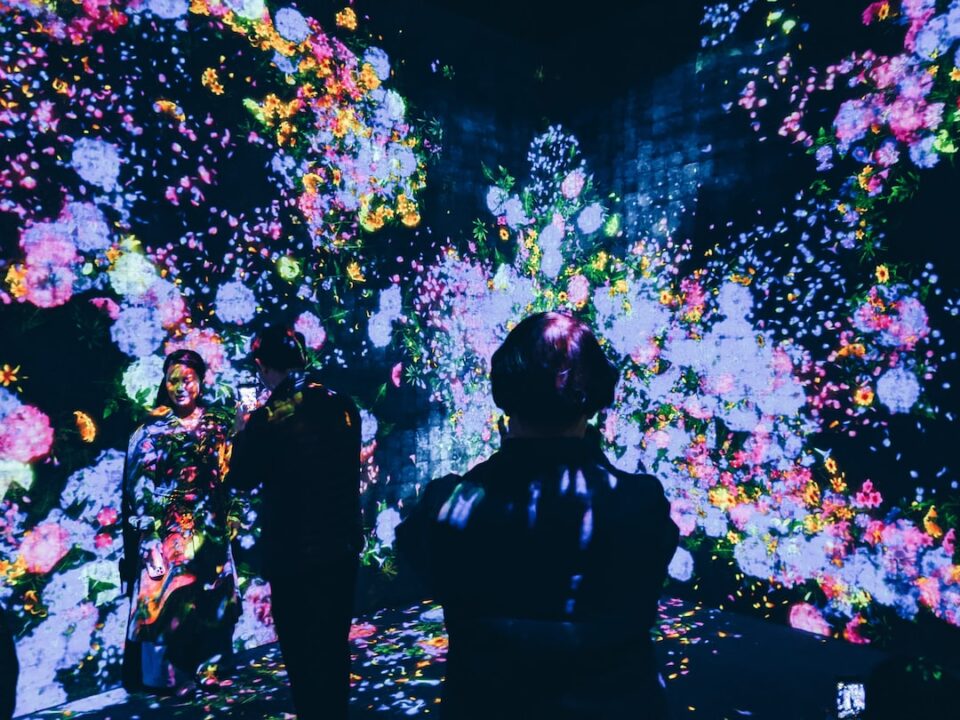The Role of Art in Public Spaces: Shaping Communities
Art has always played a significant role in society as a form of expression, communication, and exploration of ideas. Throughout history, art has been a vital part of culture, ranging from ancient cave paintings to elaborate sculptures and murals. However, in recent times, the role of art has extended beyond the confines of museums and galleries and into public spaces. The integration of art into public spaces has gained momentum, with increasing recognition of its potential to shape communities.
Public art has the power to transform urban environments, redefine public spaces, and engage communities in a unique way. It has the ability to transcend cultural barriers and ignite conversations that foster social cohesion. By placing art in public spaces, cities can create a sense of identity, pride, and belonging for residents. Art has the capacity to awaken emotions, provoke thoughts, and challenge perceptions, creating a collective experience that connects individuals from diverse backgrounds.
One of the key roles of art in public spaces is its ability to provoke dialogue and encourage community engagement. Public art installations often serve as a focal point, drawing people together and providing a platform for social interaction. They can stimulate conversation, inspire debate, and raise awareness about important issues. Through their engagement, individuals become active participants, sharing their perspectives and collaborating with others to create a collective voice.
Moreover, art in public spaces has the power to redefine the concept of a “community.” It challenges the traditional notion of communities as merely geographical entities and encourages the formation of communities based on shared interests, values, and experiences. Public art projects that involve community members in their creation foster a sense of ownership and responsibility. They create a space where people can connect, collaborate, and celebrate their diversity.
Art in public spaces also contributes to the overall well-being of communities. Studies have shown that exposure to art, especially in outdoor settings, enhances mental health and happiness. Public spaces adorned with sculptures, murals, and other works of art can uplift moods, reduce stress, and create a positive atmosphere. The integration of art in parks, plazas, and streets enhances the aesthetic appeal of these spaces, making them more inviting and inspiring for residents and visitors alike.
Furthermore, art in public spaces can be an economic driver for communities. It has the potential to attract tourists, stimulate local businesses, and increase property values. Cities known for their vibrant public art scenes often witness a surge in tourism, as art enthusiasts travel far and wide to experience these unique installations. Local businesses, such as restaurants, cafes, and galleries, can benefit from increased foot traffic and revenue. Additionally, public art projects can revitalize neglected areas, transforming them into vibrant cultural hubs that attract both residents and visitors.
The presence of art in public spaces also promotes inclusivity and accessibility. Unlike museums or galleries, public art is open to all, regardless of their socioeconomic background or educational level. Everyone, from children to the elderly, can engage with art in an informal and unstructured manner. Art in public spaces creates an equalizing effect, breaking down barriers and fostering a sense of unity among diverse communities.
The role of art in public spaces is not limited to physical installations alone. It extends to the virtual realm as well. The rise of technology has allowed for the integration of digital art into public spaces, opening up new avenues for creativity and interaction. Digital projections, interactive installations, and augmented reality experiences have the power to immerse individuals in a whole new world of art, revolutionizing the way we perceive and engage with public spaces.
In conclusion, art in public spaces plays a crucial role in shaping communities. It stimulates dialogue, encourages community engagement, and redefines the concept of a “community.” Public art enhances the well-being of individuals, promotes inclusivity and accessibility, and contributes to the economic development of communities. By integrating art into public spaces, cities can create vibrant, cohesive, and culturally rich environments that reflect the diversity and aspirations of their residents.

